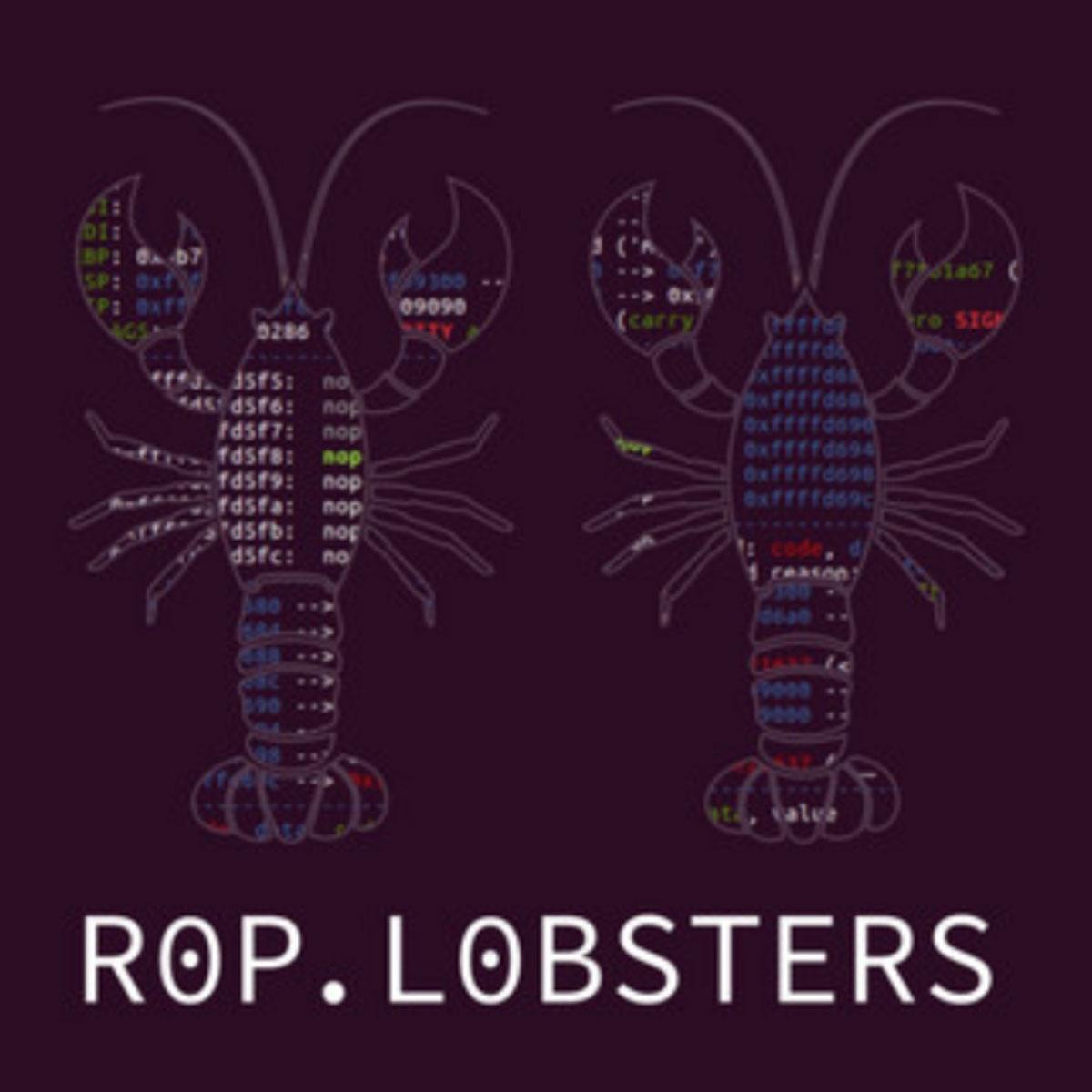
Vali Cyber™ Announces Early Access to the First Ever Runtime Security Platform for ESXi
Vali Cyber, Inc., a next-generation provider of Linux cybersecurity solutions, announces that its autonomous zero-trust security platform, ZeroLock™ has been expanded to protect...
In the News
Safeguarding Virtual Infrastructure: Essential Hypervisor Security Controls For Businesses
Forbes.com
Dark Web Defense: 19 Tech Experts Share Smart Strategies
Forbes.com
Seccomp, eBPF, and the Importance of Kernel System Call Filtering
DZone.com
Securing ESXi Hypervisors: Protecting The Core Of Virtualization
Forbes.com
Click Through Demos

Threat Trees
Leverage ZeroLock threat trees to quickly understand root causes
Lockdown
Using ZeroLocks lockdown rules to prevent attacks
Anti-Tampering
ZeroLock Anti-Tamper and Agent Footprint
Log4j
ZeroLock detects and stops ransomware launched via a Log4j vulnerability
White Papers

The Risks of Using eBPF for Security
In this white paper, we examine how ZeroLock protects Kubernetes clusters from attacks at runtime.
Protecting Kubernetes Clusters with ZeroLock
In this white paper, we examine how ZeroLock protects Kubernetes clusters from attacks at runtime.
ZeroLock Deployment and Integration
Bruce Schneier wrote that “complexity is the worst enemy of security, and our systems…
Understanding Linux v. Windows Attack Vectors
In the world of information technology there are many threats to end users, organizations…
Threat Reports

ZeroLock: Locking down on XZ Utils Backdoor break-ins
Learn how you can protect your systems against the XZ Utils backdoor...
ZeroLock: Sealing the Cracks Against Leaky Vessels
"Leaky Vessels" (CVE-2024-21626) is targeting containerized environments and...
BiBi-Linux begone: Vali Cyber’s ZeroLock triumphs with behavioral detection
The recently discovered BiBi-Linux Wiperware overwrites files, renames them...
That’s all, Folks! Vali Cyber’s ZeroLock ends Linux Looney Tunables attack
The Looney Tunables (CVE-2023-4911) vulnerability has been discovered in GNU C...
Blog Posts

From Vision to Reality: Inside the Minds of Founders with Austin Gadient
In an interview with Oliver Paull, CEO and Founder of Rec Gen, Austin Gadient,...
Vali Cyber™ Announces Early Access to the First Ever Runtime Security Platform for ESXi
Vali Cyber, Inc., a next-generation provider of Linux cybersecurity solutions,...
ZeroLock Featured in WhiteHawk’s Top 10 Innovative Cyber Solutions of 2024
We are excited to share that ZeroLock has been recognized by WhiteHawk in...
Advancing Linux and ESXi Security: An Interview with TAG Infosphere
In an enlightening interview with Edward Amoroso, CEO of TAG Infosphere, our...
Webinars & Presentations

Virtual Demo: ZeroLock for Hypervisors
Virtual Demo: ZeroLock for HypervisorsJoin us for an exclusive walkthrough of...
Presentation: LinuxFest Northwest 2024
Understand the crucial aspects of container security with Austin Gadient, CTO...
Presentation: Secure Your Path to the Cloud with the First Ever Runtime Protection For ESXi
Delve into the critical role of ZeroLock in defending VMware ESXi hypervisors...
Virtual Demo: ZeroLock’s Virtual Patching & Runtime Security for Kubernetes
Virtual Demo: ZeroLock's Virtual Patching & Runtime Security for...
Thoughts from Our CISO Advisory Board

Linux is Having an Identity [Access] Crisis: The Quest for Standardization
By Awwab Arif Linux, renowned for its extensibility and customization, stands...
Runtime Security and the Ramifications of Container Contamination
By Julie Chickillo With 96% of organizations actively using containers and...
What Keeps Me Up at Night as a CISO
By Sue Lapierre As a Chief Information Security Officer, the notion that...
What does an Ideal Patching Strategy for Linux look like?
by Rob Dalzell Securing your Linux system requires a proactive approach to...
ROP Lobsters: Your Cybersecurity Catch of the Day
ROP Lobsters is a premier cybersecurity podcast hosted by our Chief Technology Officer, Austin Gadient, and Threat Intelligence Lead, Nathan Montierth. This dynamic duo dives deep into the digital abyss to fetch the latest news, in-depth analyses, and compelling interviews from the cybersecurity frontier.

